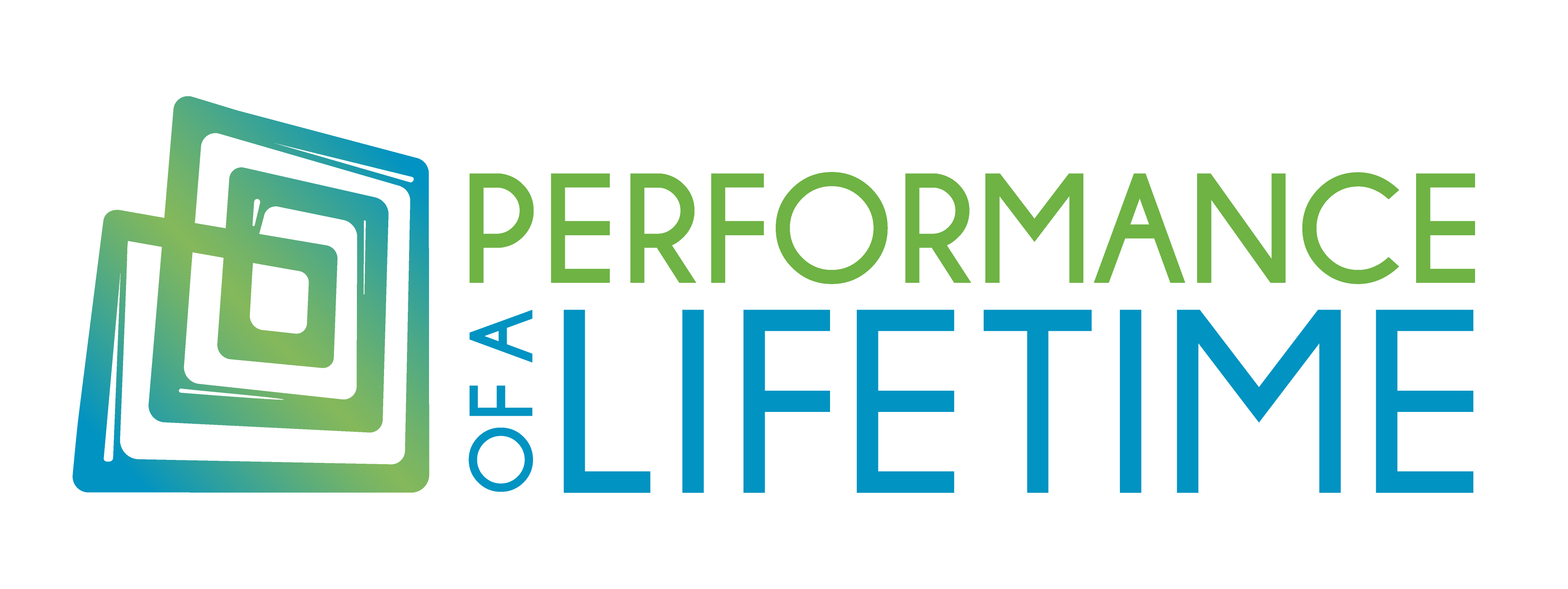Expect results.
Our programs are transformational, and deliver real change.
We get results.
A key element of our partnership with clients is understanding your desired outcomes and key performance indicators (KPIs). So we work closely with you to determine the specific results we’ll achieve, as well as the methodology for how success will be measured.
Here are four examples of the results and KPIs we’ve co-created with our clients.
A global payments company wanted to infuse inclusive leadership into its high-potential VP program. This was a challenge in an organization where the EDI and L&D teams historically led different learning tracks. Our client did not want inclusive leadership to be a separate “module.” Rather, their aspiration was to fully integrate the company’s EDI principles into the overall experience.
A sampling of the results:
- Participants built collaboration and influencing skills of listening and curiosity to support efficient decision-making.
- Enhanced feedback and skills as talent multipliers.
- Explored complex EDI challenges and built agency in building inclusion on their teams. This moved them out of “right/wrong” and into more creative and generative conversation in which all could participate.
- Client reported 32% greater retention among program participants compared to non-participants, along with significantly more promotions.
- 100% of participants reported confidence in using what they learned to be more effective in their role.
- Participants appreciated the opportunity to build a peer community where they get/give ongoing support to apply learnings and continue to grow as a leaders.
The EVP in charge of the global technology infrastructure transformation of a 60,000-person financial services firm asked us to design and deliver a program for a cohort of their VP- and Director-level (high-potential) leaders. The goal was to build the leadership capabilities of these subject matter experts (SMEs) in interacting and collaborating effectively with the business side of the company, so they could handle greater responsibilities and contribute more effectively to enterprise-wide technology transformation.
A sampling of the results:
- Accelerated SMEs’ understanding of business needs and contexts
- Increased confidence and skill in proactive relationship-building across a complex organization
- Produced agile teams that are delivering higher quality solutions while iterating and learning faster
- Led to higher employee retention rates and higher scores on Pulse surveys
- Enabled participants to manage key relationships and drive outcomes, freeing up their managers to handle more strategic aspects of the technology transformation
- Created promotion-ready leaders for key roles in the firm
The CMO of a Fortune 100 global professional services firm wanted to build a community/cohort of leaders who could more effectively drive transformation for their global marketing organization. This meant creating shared understanding, skills and enthusiasm for becoming leaders in their space. It also would require increased “skill and will” to collaborate more effectively and creatively with their internal clients and partners across the organization; they needed to break through a culture of mistrust, bureaucracy, and inefficiency that was holding back the execution of key marketing strategies.
A sampling of the results:
- Significant increase in efficiency when aligning with key partners to deliver results (10-15% time-saving recorded)
- Cost savings as a result of greater communication and troubleshooting with their clients earlier in the process (assessed at over $500K)
- Marketing solutions that were more applicable across geographies and could be repurposed in many enterprise contexts (again, efficiency and cost savings)
- A culture change that allows for creativity, trust, and collaboration across verticals
- A clear demonstration of the company’s commitment to attracting and retaining talent
A leadership team of a globally dispersed business unit within a consumer products company needed to refresh and redesign how they were working together in the wake of a major company reorganization. They had to be able to step back and take an honest look at both what the dysfunction was, how each of them was experiencing the organizational change, and the different ways that team members understood and felt about it. They hoped to learn to “see the world” from each other’s points of view, so that they could transform (petty and major) disagreements into creative inputs with which to build and move forward.
A sampling of the results:
- Grew ability to look beyond internal politics and identify shared interests
- Built empathy for fellow team members
- Designed a new way (with accountability) to share information across the unit
- Improved engagement of their direct reports, who were inspired by their leaders’ stronger working relationships
A boutique leadership consulting firm that worked with Fortune 100 CEOs globally was experiencing exponential growth, so they needed to quickly ramp up greater client management capability within their pool of mid-level directors. These high-potential leaders needed to shift their view of themselves and start performing as senior strategy consultants who could interact, lead, build relationships, and embody the firm’s brand with high-profile clients.
A sampling of the results:
- Built a culture of real-time feedback and coaching to support one another in performing/becoming the leaders they needed to be
- Developed greater confidence to challenge the status quo
- Leaders from this cohort produced some of the firm’s most innovative client solutions within the first year of the leadership program
- Enhanced executive presence, facilitation and leadership with clients overall
- Created capacity for senior leaders (their bosses) to conduct higher level client cultivation and increase sales
